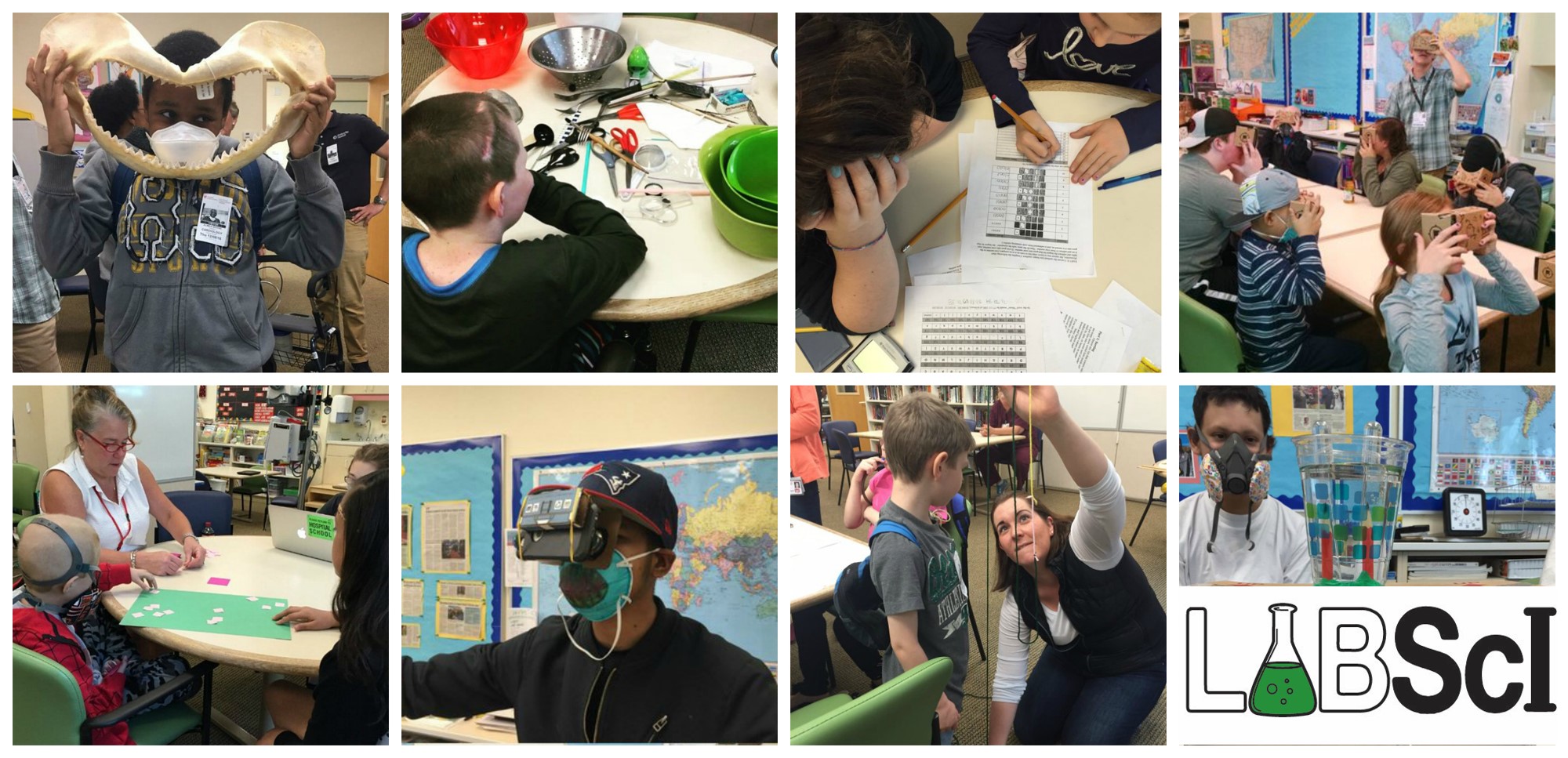This lab explores the motion of falling objects. Students will use a microphone and computer to accurately measure short time intervals. This will allow them to see how the distance traveled by a falling object varies with time, to determine the magnitude of gravitational acceleration, and to show how heavy and light objects fall at the same rate.
Download the labs!
Student Version
Student Advanced Version
Teacher Version
Recommended Prerequisites:
- Arithmetic (including square roots), calculator skills, plotting data, basic algebra on the level of Pre-algebra or Algebra 1 courses in most schools (manipulating equations, linear relationship between two variables)
Key Concepts:
- Velocity is the change in position ÷ change in time
- Acceleration is the change in velocity ÷ change in time
- Gravity accelerates all objects at the same rate (regardless of mass). This means that as an object begins to fall, it moves faster and faster (its velocity increases). Heavy and light falling objects will reach the ground at the same time.
- An object moving with a constant acceleration (a) for a time (t) covers a distance (d) given by: d = 1/2 at^2
- When we want to test that two measured physical variables are related by a particular equation, we can often arrange the hypothesized equation to give a linear relationship between two variables that can be calculated from the experiment (“linearizing the data”), then check to see whether the data do in fact fall on a line. Unknown physical constants (eg: acceleration of gravity) can be extracted from the slope of the line.
Materials:
Per group of 2-3:
- 1 laptop with microphone (either built-in or separately attached), Excel, and with the program Audacity installed (see Teacher Version for instructions on downloading and installing Audacity)
- 1-2 calculators
- 1 meter stick (with metric markings)
- 1 large paperback book or workbook
- 1 piece of string with a metal weight tied at the end and 5 metal washers tied along it at 30cm separation
- 3 pieces of aluminum foil (about 6in long, but the precise size does not matter)
- 1-2 thick textbooks
- 2 large marbles
- 1 ping-pong ball
- 1 cardboard tube (eg: from a paper towel roll)
